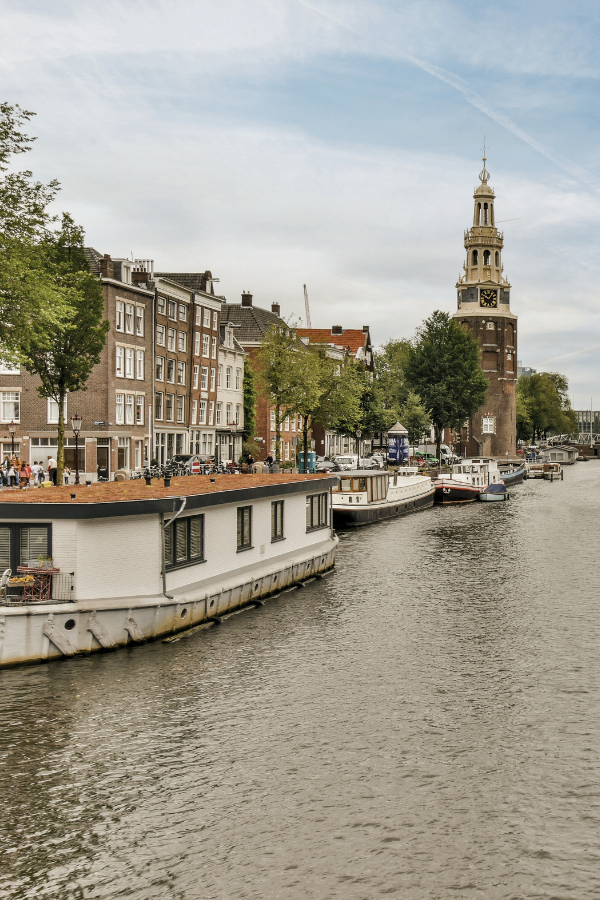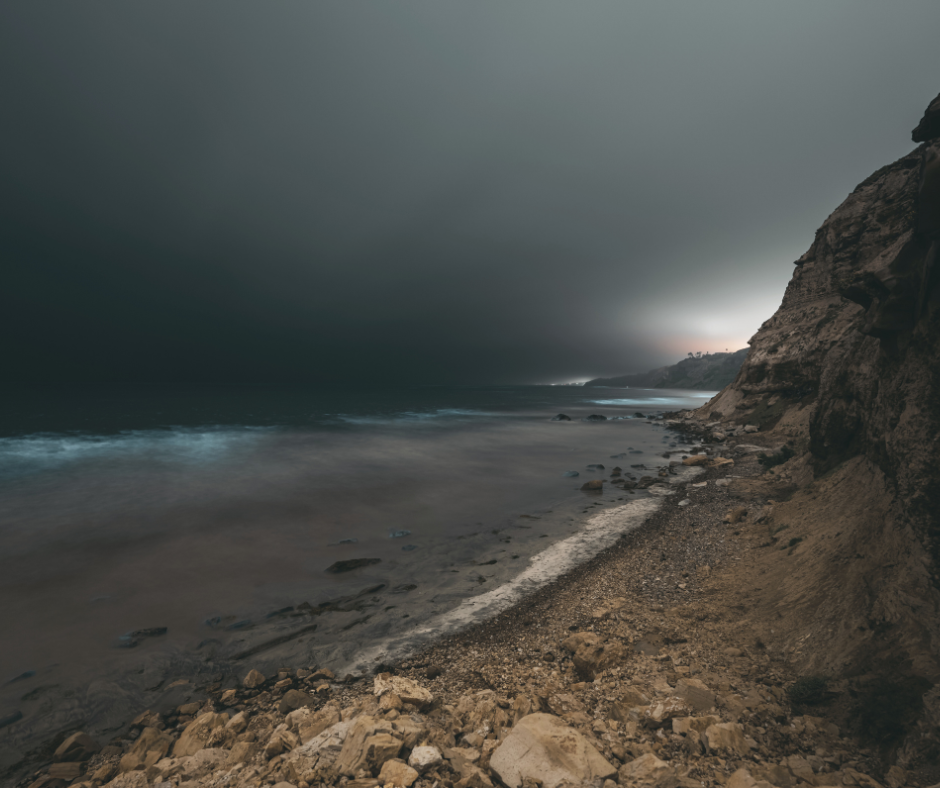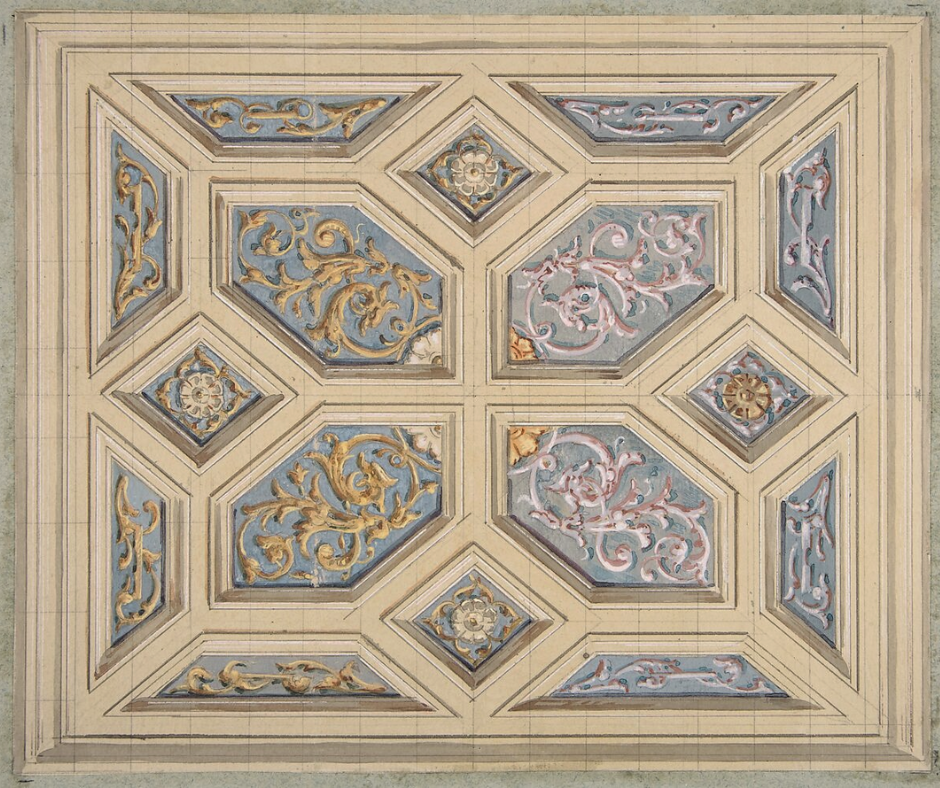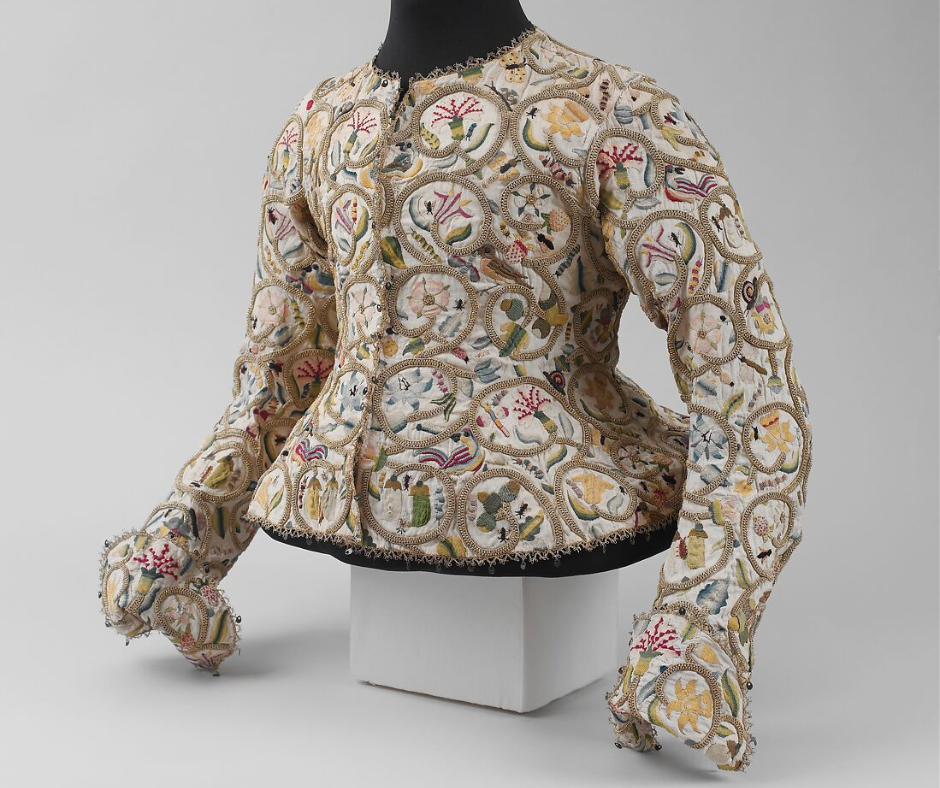
Just Beneath the Surface: Incredible Underwater Architecture
Summary
Reflection Questions
Journal Prompt
In a world where oceans cover 71% of our planet, the emergence of underwater architecture is more than a trend—it’s a natural progression in urban design. While submerged habitats have long served marine research purposes since the ’60s, the last decade has seen a remarkable surge in underwater hotels, restaurants, and museums globally. Beyond offering unique experiences, these projects redefine the conventional boundaries of architecture—expanding from land to sky and now venturing into the depths of the sea as underwater buildings. Underwater architecture is an evolving frontier, yet to be fully explored in terms of design and construction. From the Australian Underwater Discovery Centre to Proteus in the Caribbean, these are the most impressive examples of underwater architecture in the world.
Iconic Underwater Structures Around the World
The ReefLine, Florida, USA (by OMA)
The ReefLine is a visionary project of underwater construction by OMA. It transforms Miami Beach’s shoreline into a 7-mile underwater sculpture park, snorkel trail, and artificial reef. Led by Shohei Shigematsu, OMA’s master plan incorporates a modular concrete unit designed for biodiversity and coastal resilience.
Functioning as a living breakwater, the underwater construction project aims to provide a habitat for endangered reef organisms. The inaugural phase opened in December 2021. It features installations by Leandro Erlich and OMA. Erlich’s “Concrete Coral” challenges environmental norms while OMA’s sculpture explores weightlessness underwater—resembling marine life with spiral stairs fostering coral growth and underwater activities.
Underwater Museum of Cannes, France (by Jason deCaires Taylor)
Renowned environmentalist sculptor Jason deCaires Taylor unveiled his inaugural Mediterranean installation near Cannes, France in the form of the Underwater Museum of Cannes. Submerged off the coast of the Lérins Islands, this extraordinary museum features six monumental three-dimensional portraits—each weighing over ten tonnes—set against the backdrop of Posidonia seagrass fields.
Symbolizing the social diversity of the local community, the sculptures’ made of marine-grade concrete divided masks convey an environmental message—strength and resilience on one side, fragility and degradation on the other. Emphasizing ecological responsibility, the construction site cleanup and non-toxic material use underscore Taylor’s commitment to preserving marine habitats.
Docking the Amsterdam, Netherlands (by ZJA)
Architectural firm ZJA recently presented its visionary project titled “Docking the Amsterdam“—aiming to house the historic ship Amsterdam in a unique underwater museum off the coast of Hastings, UK. The proposal involves recovering and relocating the 18th-century Dutch East India Company ship without removing it from the water. The museum—encasing the ship’s hull in a glass tank —allows visitors to explore the wreck from various angles. ZJA’s design not only salvages the historic vessel but also sheds light on Dutch maritime history—emphasizing the VOC’s role in slavery and its contemporary impact. The project is slated for completion in 2025—promising a distinctive journey into maritime heritage.
Proteus, Caribbean (by Proteus Ocean Group Ltd and Drass Group)
PROTEUS™ by Proteus Ocean Group Ltd and Drass Group is revolutionizing underwater research. Unveiled in July 2020, this advanced Atlantic Ocean observatory underwater building pioneers sustainable living with hydroponics for food cultivation and hybrid wind-solar power. The habitat also features a high-tech video production facility for continuous educational streaming.
A recent site mapping mission in Curaçao not only determined PROTEUS™’s location but contributed to the UN’s goal of mapping 30% of the ocean by 2030—emphasizing the project’s commitment to global knowledge sharing and marine preservation.
Coral Greenhouse, Great Barrier Reef, Australia
Submerge into the wonders of Australia’s Great Barrier Reef through the Coral Greenhouse—an extraordinary underwater museum designed by Jason deCaires Taylor. Situated 16 meters beneath the ocean’s surface near Townsville, this 58-ton architectural marvel holds the Guinness World Record for the largest underwater art structure.
Beyond its artistic achievement, the Coral Greenhouse serves as an educational hub—providing immersive insights into marine science, coral gardening, art, and architecture. The biomorphic design harmoniously integrates with the reef—creating a sanctuary for marine life, while figurative sculptures inside highlight the imperative need to safeguard our marine world for future generations.
Manta Resort, Pemba Island, Tanzania
The Manta Resort on Pemba Island has a unique underwater suite—an extraordinary addition to this Zanzibar gem. This innovative floating structure boasts three levels—starting with a landing deck and lounge. The top floor offers daybeds for celestial gazing beneath the unspoiled night sky.
However, the true marvel lies below sea level in the submariner room of the Manta Resort—an underwater bedroom bubble where marine life becomes your nightly companions. Positioned in a vibrant living coral reef’s “blue hole,” this suite offers an exclusive retreat for diving snorkeling enthusiasts and fans of The Little Mermaid fantasy.
Floating Seahorse Villas, The World Islands, Dubai
Dubai’s Floating Seahorse Villas is a $5 billion sanctuary by the Kleindienst Group. It redefines luxury with 133 three-story floating villas. Located off Dubai’s coast on the World Islands, these architectural marvels offer a unique living experience. Two levels above water boast opulent amenities while the submerged bottom level provides an unmatched underwater retreat.
Floor-to-ceiling windows in the underwater buildings showcase panoramic ocean-floor views, and owning a villa grants a personalized coral reef. With handovers expected soon, these villas epitomize exclusivity and innovation in the Heart of Europe.
Mile Low Club: Lover’s Deep St. Lucia Submarine
Oliver’s Travels introduces the epitome of underwater luxury with Lover’s Deep Submarine—offering an exclusive experience for the adventurous in the Mile Low Club. Launched on Valentine’s Day 2014, this specially adapted leisure submarine caters to intimate escapes. The vessel—nicknamed Lovers Deep—features a personalized interior design with a crew of three providing impeccable service.
Moored at locations chosen by customers—from St. Lucia’s coral reefs to the Red Sea’s sunken battleships—it offers optional extras like helicopter transfers, rose petal scattering, and aphrodisiac tasting menus—creating an unparalleled romantic haven at sea.
Huvafen Fushi: Underwater Spa, Maldives
Nestled in the Maldives, Huvafen Fushi unveils the world’s first underwater spa in the Conrad Maldives Rangali Island—a haven of serenity blending seamlessly with the ocean’s hues. This spa marvel features eight treatment rooms—including two submerged beneath the sea. Guests indulge in pre-treatment relaxation with hot and cold water therapies.
Boasting four single and two couples treatment rooms, Huvafen Fushi sets the stage for an intimate escape, marrying chic design, natural beauty, and innovative luxury. The underwater spa beckons—offering an unparalleled journey into indulgence beneath the water world.
MUSA: Cancún Underwater Museum, Mexico
Discover the artistic marine haven of the Cancún Underwater Museum (MUSA)—a non-profit initiative sculpted to conserve and protect coral reefs. Founded in 2010, MUSA features 500 sculptures submerged between three and six meters in the Cancún National Marine Park. Initiated by Marine Park Director Jaime González Cano, MUSA aims to mitigate tourist impact on natural reefs.
Renowned artist Jason deCaires Taylor’s masterpiece “The Silent Evolution” showcases humanity’s intricate relationship with the environment—promoting coral growth and nurturing marine habitats. MUSA is a dynamic fusion of art and conservation that shapes a sustainable aquatic ecosystem.
Atlantis Hotel, The Palm, Dubai
Atlantis The Palm is an iconic Dubai resort renowned for its grandeur and aquatic allure. Boasting over 1,500 rooms and exclusive suites—including the coveted Underwater Suites—this five-star destination captivates with its aquatic theme. The lobby showcases exquisite decor, intricate sculptures, and ambient lighting, setting the tone for a luxurious stay.
The Atlantis Underwater Suite—spanning three floors and 165 sqm—offers unrivaled views of the Ambassador Lagoon—providing a unique and immersive marine experience.
Jules Undersea Lodge, Key Largo, Florida
Jules’ Undersea Lodge is a unique underwater retreat. It is the only underwater hotel in the United States. Initially a marine research lab, this aquatic haven situated five feet above the lagoon floor immerses guests in a submerged world. Accessible through a “moon pool,” the lodge’s air-filled structure prevents flooding.
The three-story lodge or underwater building features two private bedrooms, a common area, and a 42-inch round window providing enchanting views of the Ambassador Lagoon. Founded by ocean pioneers Dr. Neil Monney and Ian Koblick, Jules’ Undersea Lodge stands as a testament to undersea exploration and adventure.
Subsix, Niyama Island, Maldives
Subsix is the world’s first underwater nightclub. It is a subaquatic marvel located 500m off Niyama Island in the Maldives’ Dhaalu Atoll. Opened in 2010, Subsix underwent a significant underwater redesign in 2015 – sinking it into a coral garden. It is now more of an underwater restaurant. The club boasts Italian-crafted sea urchin-inspired pendants, wave-mimicking capiz shell lights, and bar stools resembling sea urchins.
Subsix underwater restaurant pulsates with DJ beats and closes only when the last guest ascends to the island. This aquatic hotspot promises an unforgettable nocturnal escapade amidst the mesmerizing depths of the Indian Ocean.
The Transbay Tube, San Francisco and Oakland, California
The Transbay Tube is a pivotal component of Bay Area Rapid Transit (BART). It was a groundbreaking 3.6-mile underwater rail tunnel connecting San Francisco and Oakland beneath the San Francisco Bay. Constructed using the immersed tube technique, it comprises 57 sections submerged, fastened to the bay floor, and connected to twin bored tunnels.
Opened in 1974, the tube accommodates over 28,000 passengers per hour during peak commute times—operating at speeds of up to 80 miles per hour. The project—initially proposed in 1872 by Emperor Norton—faced seismic challenges and cost approximately $180 million in 1970.
Ithaa Undersea Restaurant, Maldives
Ithaa Undersea Restaurant stands as an iconic dining destination on Rangali Island, Maldives. It is immersing guests in an extraordinary underwater experience. With a capacity of 14, it offers an intimate setting within its modern all-glass structure—providing panoramic views of the Indian Ocean. Launched in 2005, M.J. Murphy Ltd designed the restaurant, which involved a two-year complex construction process.
It showcases innovative engineering. Signature dishes—including seared yellowfin tuna and lobster carpaccio—highlight the Maldives’ flavors. The magical atmosphere, elegant decor, and attentive staff create a unique and unforgettable dining experience—making Ithaa a global attraction. It is better than a scuba dive.
Engineering and Environmental Challenges of Building in a Marine Environment
Technical Complexities
Creating underwater structures presents numerous engineering challenges. Whether it is an undersea restaurant, floating platform, submerged structure, or any other construction on the water surface, the process is very complex. From compressed air rooms to creating private Jacuzzi underwater to building panoramic windows, the entire construction requires detailed architectural planning.
Designing foundations to withstand water pressure, ensuring structural integrity, and employing corrosion-resistant materials are crucial. Construction methods—like submerged welding and precision placement—demand specialized construction techniques. Maintaining stability against currents and seabed conditions requires meticulous planning.
Implementing life support systems and addressing potential emergencies underwater adds complexity to underwater structures. Achieving both functionality and safety in these submerged environments demands cutting-edge engineering expertise.
Environmental Considerations
Underwater structures can impact marine ecosystems—requiring careful environmental considerations. Construction activities may disrupt local habitats and affect marine life behavior. Materials used and potential chemical releases during construction and operation need assessment. Balancing human activities with environmental conservation is crucial.
Designing structures that allow marine life to thrive—minimizing disruption to natural processes, and implementing eco-friendly practices are essential. Collaborative efforts between engineers, marine biologists, and environmentalists are necessary to strike a balance between technological advancements and preserving underwater ecosystems.
Final Thoughts on Building Underwater
These underwater buildings boast awe-inspiring features that push the boundaries of design and engineering. Building underwater redefines our understanding of space—offering breathtaking views and unique experiences. Their significance in architecture lies not only in their technical brilliance but also in the fusion of human innovation with the mesmerizing underwater world.
By Anila Hasnain.








